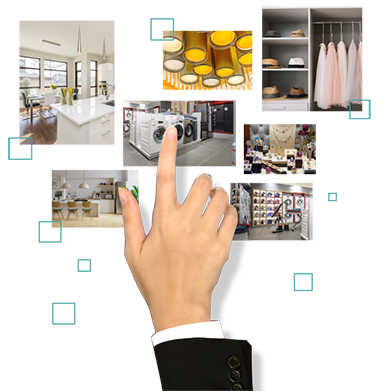The extent to which information is used and depended upon in daily life has multiplied as technology has brought more information to consumers' doorsteps. Digital has become the constant companion of the consumer, providing everything from recipes to directions to the most bizarre inquiries we may ask Alexa.
Therefore, it should come as no surprise that 40% of US consumers spend more time buying online than they do in physical stores, and that 63% of shopping situations start online. Given the busy lives of consumers today, the convenience, variety of accessible products, and ease of comparing products, brands, and reviews combine for an attractive combination through an interactive virtual showroom.
With the advent of COVID-19 and customers realizing that the advantages and convenience of online shopping may be extended to more than only the product categories most frequently associated with "add to cart," this trend has intensified over the past few years. Furniture, appliances, and even cars, whose customers' buying trips frequently started online but ended in a physical store, are developing to provide an interactive virtual showroom experience.
Brands across industries are turning to 3D or virtual product showrooms to offer immersive and engaging experiences to all their digital channels to ensure that the digital customer experience meets or surpasses the growing demands of consumers. Digital showrooms are one of these rapidly expanding sectors.


